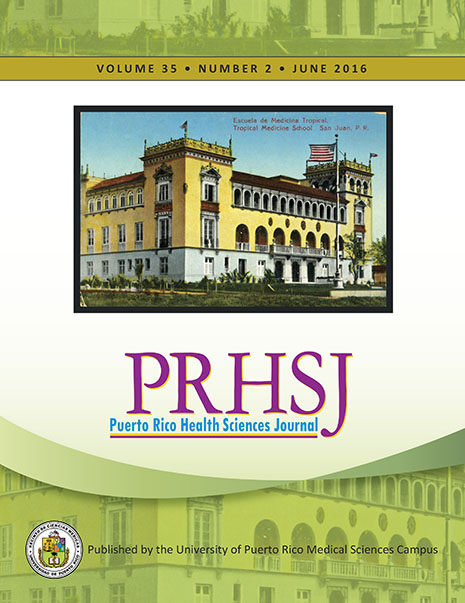Abstract
This article deals with the historical antecedents of the University of Puerto Rico (UPR) School of Tropical Medicine (STM) under the auspices of Columbia University. It presents a general view of the social, institutional and conceptual factors that were correlated with the establishment of the STM. The authors start by examining the historical continuities and discontinuities present during the imperial transitions between Spanish colonial and U.S. military medicine at the turn of the 20th century. The clarification of these changes is important for the proper understanding of the emergence of tropical medicine in Puerto Rico, marked by the identification of the biological determinant of the so called “peasants’ anemia.” The essay focuses on two institutional precursor events: the Puerto Rico Anemia Commissions (1904-1908) and the Institute of Tropical Medicine and Hygiene (1912-1914). Their nature and work paved the way for the establishment of the STM. The notions of tropical medicine and diseases are considered as historical concepts. The support of the Rockefeller Foundation to several significant public health activities in Puerto Rico is also examined. Finally, the social and health conditions which prevailed at the time of the creation of the STM have been summarized. In general, the article provides a sense of historical context deemed essential to understand the emergence and evolution of the STM.
Authors who publish with this journal agree to the following terms:
a. Authors retain copyright and grant the journal right of first publication with the work simultaneously licensed under a Creative Commons Attribution License that allows others to share the work with an acknowledgement of the work's authorship and initial publication in this journal.
b. Authors are able to enter into separate, additional contractual arrangements for the non-exclusive distribution of the journal's published version of the work (e.g., post it to an institutional repository or publish it in a book), with an acknowledgement of its initial publication in this journal.
c. Authors are permitted and encouraged to post their work online (e.g., in institutional repositories or on their website) prior to and during the submission process, as it can lead to productive exchanges, as well as earlier and greater citation of published work (See The Effect of Open Access).
